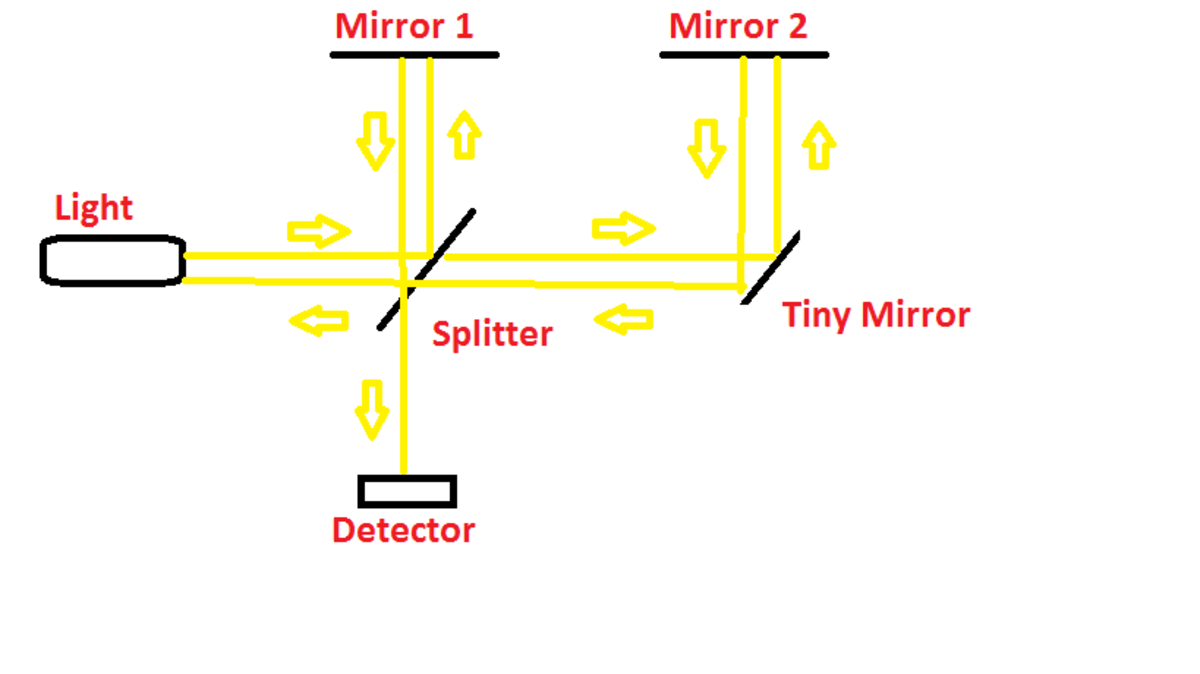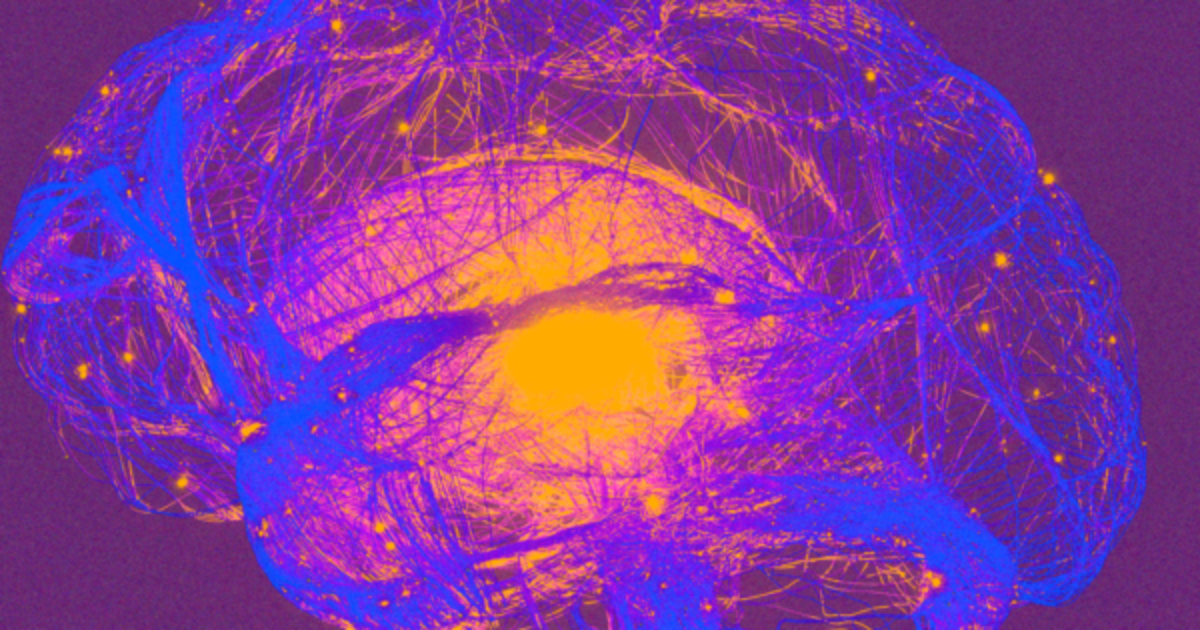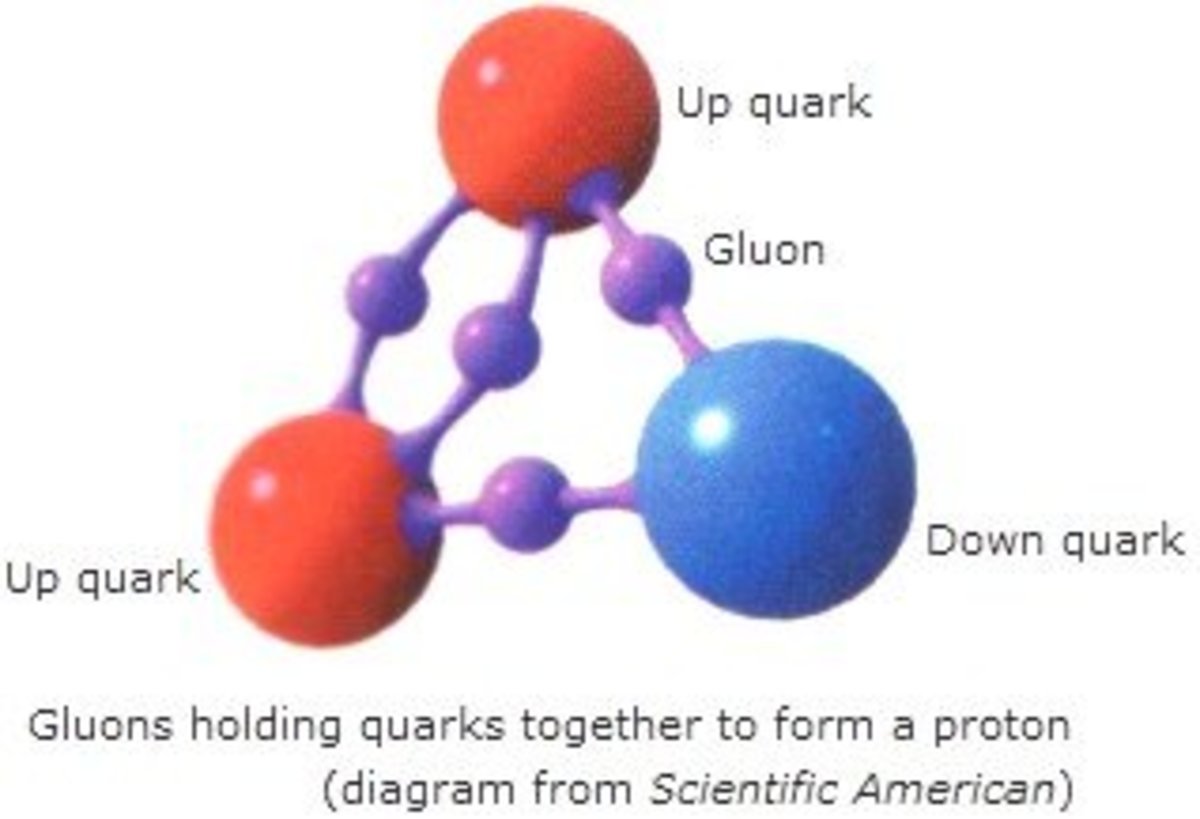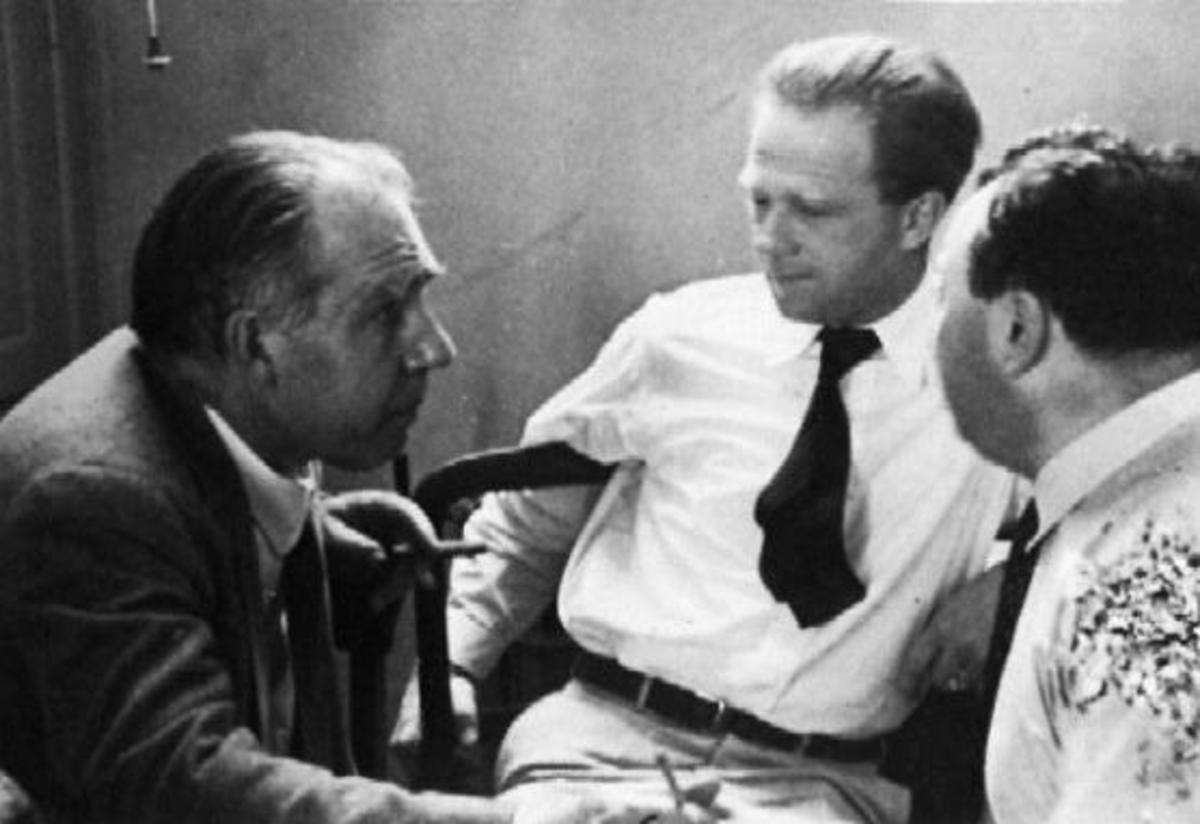Quantum Theory Alternative Fluid Dynamics Interpretation Of Objective Reality
Besides the Copenhagen Interpretation of quantum mechanics, other logically consistent interpretations of quantum mechanics exist, despite previously carved-in-stone “impossibility proofs”, now more widely recognized as “irrelevant”. One particularly appealing alternative interpretation of quantum mechanics treats the theory's mathematics as a deeper application of fluid dynamics.
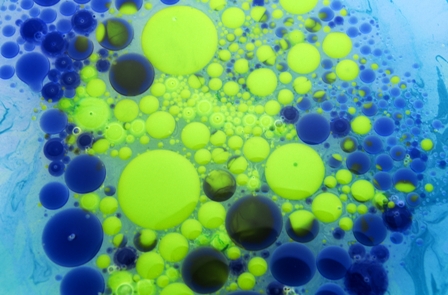
Fluids exhibit both cellular structures and waveforms, reminiscent of sub-atomic phenomena that exhibit particle and wave dualities.

Deeper Insights Into Particle Probabilities
In 2010, Larry Hardesty -- MIT News Office reported on fluid dynamics experiments that demonstrated how macroscopic water droplets could mimic the odd behavior of subatomic particles. According to Hardesty, a French physicist named Yves Couder set up conditions that enabled millimeter-sized fluid droplets to bounce up and down on a vibrating fluid bath in such a way that the droplets were guided by waves caused from their bouncing. These experiments strongly suggest an abandoned interpretation of quantum mechanics, first proposed by Louis de Broglie in 1927 and later re-introduced by David Bohm in 1954.
De Broglie was the person who inspired Erwin Schrodinger to propose his famous wave equation, which remains the fundamental equation of modern quantum mechanics. Schrodinger, in fact, originally thought of his wave equations as representations of actual waves in a continuous physical fluid. At first, he did not see any relationship between his wave mechanics and the more abstract matrix mechanics devised by Werner Heisenberg (around the same time) to describe subatomic events.
Quantum Mechanics’ Other "Erwin"
“Erwin Shchrodinger”(1887-1961) is a name most familiar to people who study quantum mechanics. Another “Erwin”, however, also made noteworthy contributions to the field of quantum mechanics. Erwin Madelung (1881-1972) interpreted quantum mechanics as wave mechanics of a real, objective, continuous, fluid substrate, where we might visualize particles as crests of waves. In 1926, Madelung stated this interpretation outright. Albert Einstein, Louis de Broglie, and Erwin Schrodinger all originally thought in this way, but they later retreated in the wake of an overriding, orthodox interpretation championed by Niels Bohr, Werner Heisenberg, Wolfgang Ernst Pauli, Pascual Jordan and Max Born.
Erwin Madelung (1881-1972)


Why The Fluid Interpretation Flopped
According to James T. Cushing, in his book, QUANTUM MECHANICS: HISTORICAL CONTINGENCY AND THE COPENHAGEN HEGEMONY , the cultural atmosphere between 1900-1925 was significantly influenced by the philosophies of Charles-Bernard Renouvier (1815-1903) and Emile Boutroux (1845-1921), who questioned the idea of causality and the idea of separate identities of objects and their descriptions. In addition, the philosophy of Soren Kierkegaard (1813-1855) made a strong impression on Niels Bohr, through lectures by Harold Hoffding.
Practical necessities of experimental procedures led to the mathematical formalism of quantum mechanics, while prevailing cultural forces led to an officially accepted interpretation. The ability to visualize theories and to find them self-consistent (previous hallmarks of classical physical theories) lost out to declarations of faith that consistency arguments for the accepted interpretation did not allow even the possibility of an alternative point of view. In essence, strong personal beliefs of minds in vogue (and in power) at the time became dogma.
Wolfgang Ernst Pauli (1900-1958), for example, suggested that discussing experimentally unobservable quantities, were, by definition, “unobservable”, hence unreal or fictitious, and without physical meaning. He, along with Bohr, Heisenberg, Jordan and Born, appeared to be pre-conditioned by an emerging philosophical mood in the greater culture that rejected continuity and causality. This philosophical mood, thus, led to the so-called “Copenhagen Interpretation”.
Reopening A Lost Path
Physicist, R. M. Kien (1998) points out that, starting with Erwin Madelung in 1926, the physics literature contains many references to similarities between Schrodinger’s quantum mechanics and fluid dynamics. Kien further notes that, during his own studies in topology, he has discovered how to convert the Schroedinger equation exactly into the format of a viscous compressible fluid.
“In this new representation”, says Kien, “the square of the wave function has an explicit and novel interpretation as the distribution of vorticity in a viscous fluid, and is not to be considered as the position probability of the electron.”
Kien also mentions that the modern-day focus on certain superconducting films incorporates a hydrodynamic perspective to model quantum phenomena.
_____________________________________________________
Further References For A Fluid Dynamics Interpretation Of Quantum Mechanics
-
Poddar, Abhijit (2007), QFDFT: A FORMALISM OF TIME DEPENDENT DFT QUANTUM FLUID DYNAMICS AND QUANTUM FLUID DENSITY FUNCTIONAL THEORY
-
Calsiano, Juan (2006), A CASE FOR A FLUID SUBSTRATE
-
Marmanis, Haralabos (1996) ANALOGY BETWEEN ELECTROMAGNETIC AND HYDRODYNAMIC EQUATIONS: APPLICATIONS TO TURBULENCE
-
Egne, Hakan (no date indicated), FLUID DYNAMICS AND UNIVERSE

